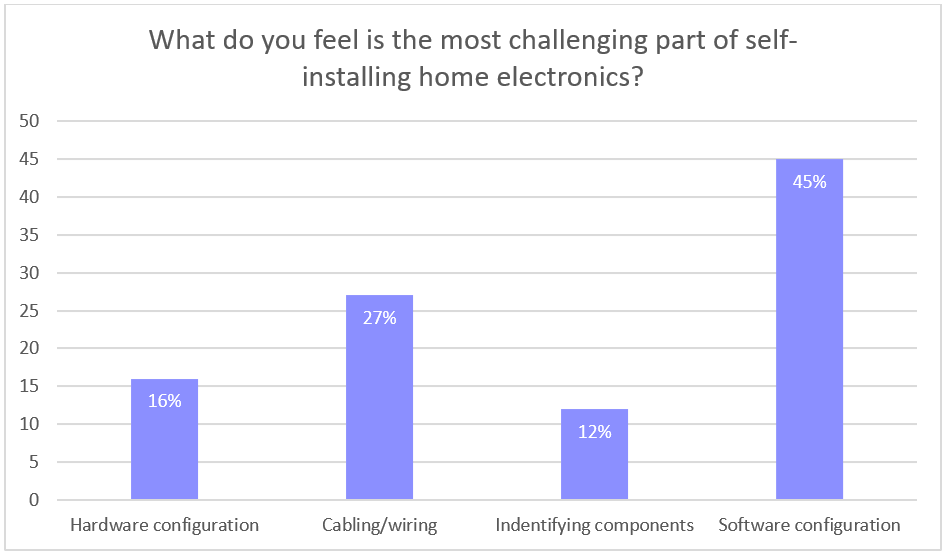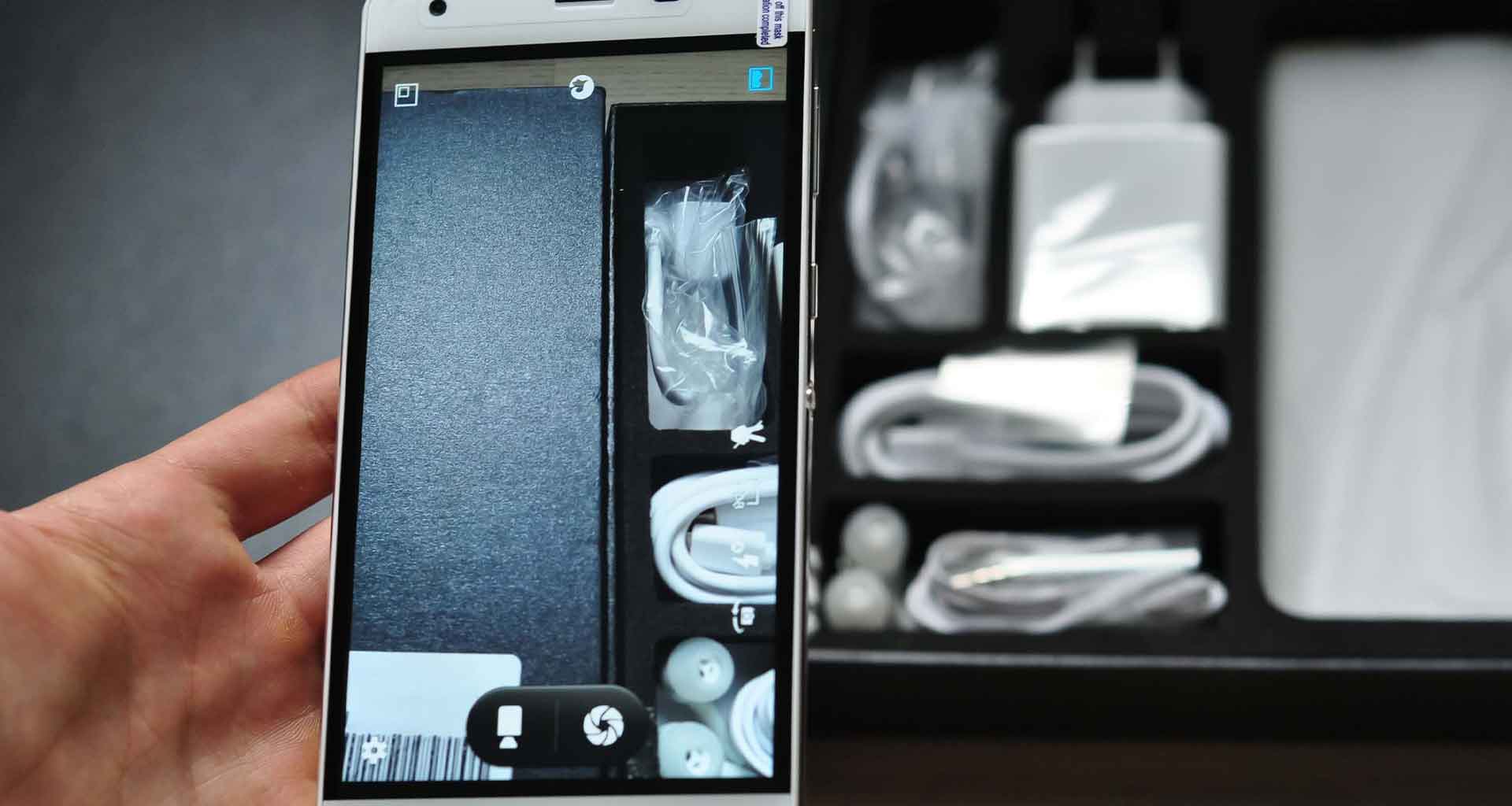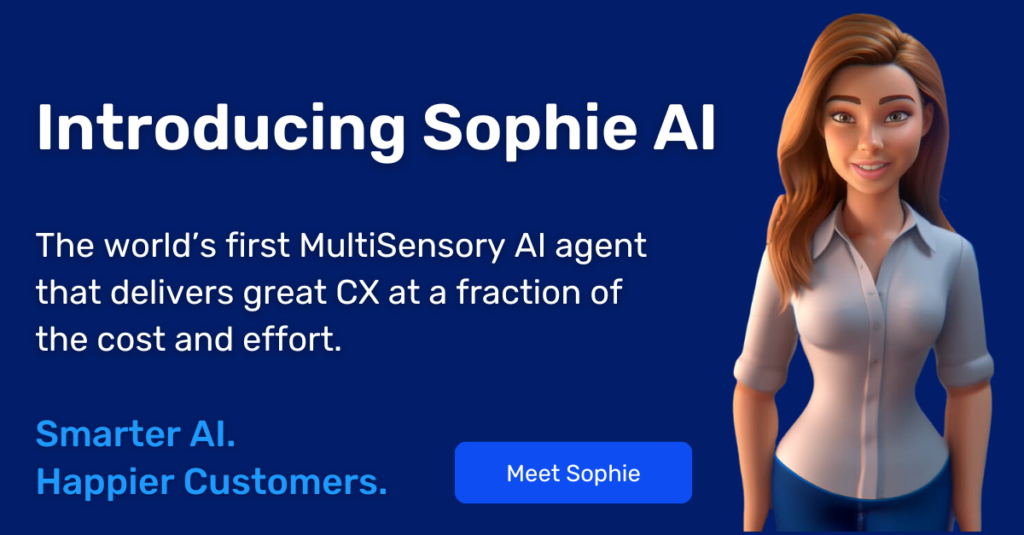Contents
Product unboxing is an increasingly popular trend that focuses on how a product is packaged to create a pleasant and memorable unboxing experience for the buyer.
However, product unboxing often goes way beyond the simple act of unpacking a new product. When the buyer receives a more complicated product – which could be anything from a tent to a coffee machine to a car – they usually have to figure out how to put it together, adjust any settings, and use the product correctly. In these cases, it is essential that the product unboxing experience should include clear instructions for how to get started with their purchase. With a growing number of DIY enthusiasts purchasing consumer electronics, this type of hands-on guidance is in high demand.
Going Beyond the Unboxing Experience
It’s not just some little extras. Brands have recognized that having memorable unboxing experiences is a key element in the sales process. DIY unboxing and setup can reduce costly technician visits or call center inquiries, and avoid costly no-fault-found (NFF) returns, which, according to Accenture, accounts for 68% of products returned to the manufacturer. In addition, a positive unboxing process has been proven to engage customers emotionally and enhance the overall customer experience (CX).
The Rise of Unboxing Videos
The opportunity to enhance the user’s product unboxing experience has brought many brands to showcase their product unboxing process using video. Watching the product being opened gives customers the opportunity to “feel” what is like to first experience the product, allowing them to live vicariously through other customers’ excitement as they initially touch the product and savor the newness of their new device. Unboxing videos show the condition of the package, describe all items that come with the purchased product, and explain in detail how to install or activate the product.
These videos are becoming increasingly popular. In fact, YouTube reports an increase of product unboxing video views by 57% in one year, and an increase in uploads by more than 50%. It would take a viewer more than seven years to watch the huge number of videos that have been uploaded to YouTube in one year alone, and these videos have more than a billion views annually. Google Consumer Survey underscores these statistics, with 20% of consumers (1 in 5) reporting that they’ve watched an unboxing video.
When Unboxing Videos Aren’t Enough
While unboxing videos have been proven especially successful in driving more product sales, once the product arrives at the consumer’s home, the real challenge begins. The process that seemed so simple online can be much more difficult to execute at home. If the customer is technologically-challenged, or the model is slightly different, or the environment does not match the one in the video, the customer experience can be negatively affected. The fact is, despite of the growing availability of unboxing videos, customers still need to call the contact center for assistance with device installation and operation.
According to a recent TechSee survey about self-installation, complexity is a real barrier to DIY-ers. 31% of consumers reported having to give up mid-process and contact a customer service agent for assistance after failing to self-install successfully. Baby Boomers are even more challenged by self-installation, with a telling 87% reporting that they did not find the process easy. The areas consumers found complex were software configuration (45%), cabling/wiring (27%), hardware configuration (16%), and component identification (12%), as displayed in the graph below.

Source: TechSee 2018 survey results
The Future of Unboxing: AI and AR
A 2017 Gartner survey found that 20% of large enterprises plan to adopt augmented reality/virtual reality (AR/VR) as part of their digital strategy by 2020. This growing focus and projected investment in Deep Learning and artificial intelligence (AI) has the potential to further innovate the DIY product unboxing experience using AI computer vision technology. Powered by AI & AR, computer vision provides consumers with interactive visual guidance via their smartphones. This enhances the entire process, creating one of the best unboxing experiences.
Via a simple tap of a screen – no downloads, app installation or account login required – customers use their smartphone camera to show the virtual technician exactly what they see in their physical environment. Using Deep Learning, the virtual technician can identify the product and then visually guides the customer through the unboxing process using a suite of augmented reality tools. This results in a more satisfying self-service CX.
The Potential Impact of Visual Unboxing
Imagine that a telecom company launches a new TV service. They must handle set top box installation for one million new subscribers. Telecom A may choose to dispatch a technician to each new subscriber, resulting in significant costs of $50-$150M. Telecom B may choose to provide customers with assisted service. They instruct them to contact a call center to help them install the set top box by themselves. This option may result in a mid-range cost of $10-$12M.
Telecom C may choose a third option – one that is the least expensive and ironically, most often preferred by customers. They choose visual self-service, where a visual chatbot views the customer’s environment and provides installation instructions. At less than $1 per session, Telecom C can spend $100M less than its colleagues to help the same number of subscribers install the same device.
Businesses that Use VR and AR for Unboxing
While AI-driven visual engagement may seem like a product of an active imagination, early adopters have recognized its value and have already begun implementing this approach. Augmented Reality (AR), Virtual Reality (VR) and 360° video are already making headway as enhanced forms of visual engagement.
- IKEA has developed a concept kitchen that suggests recipes based on the ingredients on the table.
- Gap has launched a Virtual Dressing Room app.
- Target has introduced a 360-degree design shopping experience.
- Hyundai provides its vehicle owners with a digital car manual for common user maintenance procedures, with augmented reality features to identify car parts and launch the appropriate guides.
Fully conversational visual bots – or virtual technicians – that can interact with the customer, provide feedback and corrections, is the next step in further enhancing the CX.
The Future of the Unboxing Experience
Considering the growing trend in visual views of product unboxing, forward-thinking companies recognize an opportunity to take unboxing to the next level by using it to enhance the CX. Powered by AI and/or AR, innovative computer vision technologies can make the unboxing experience even more intuitive by delivering a new level of self-service visual customer assistance. A virtual technician can see the customer’s environment and provide step-by-step instructions that walk the customer through the unboxing process, including identifying errors and providing clear guidance on how to correct them, and testing to verify the device works properly. The customer benefits from a visual and interactive experience that differentiates the product and builds brand loyalty.
Now that’s called thinking out of the box.







